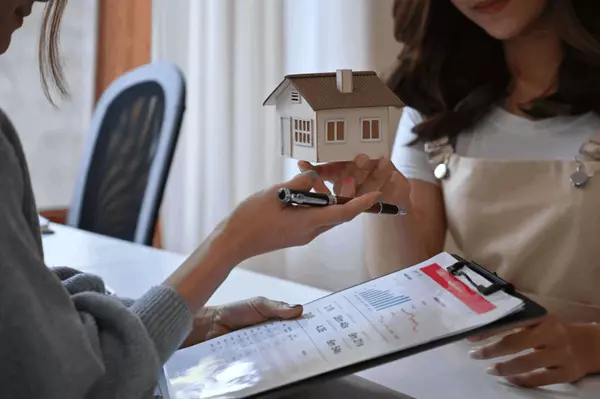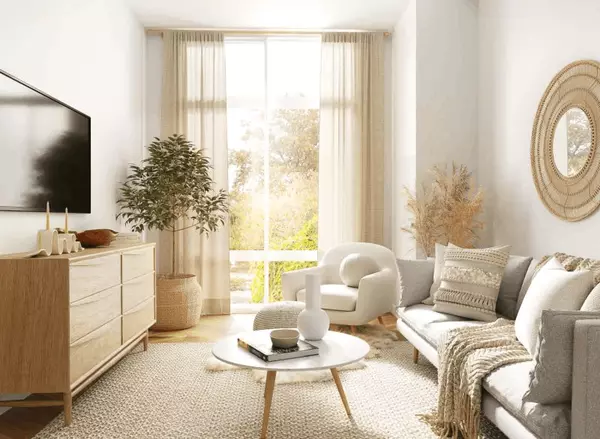The Art of Home Staging: 5 Tips to Make Your Home Stand Out
When it comes to selling your home, first impressions are everything. That’s where the art of home staging comes in. Home staging is all about showcasing your home’s best features, creating an inviting atmosphere, and helping potential buyers envision themselves living in the space. With a few strategic touches, you can turn your home into a showstopper that stands out from the competition. Ready to elevate your home’s appeal? Let’s dive into some expert tips for mastering the art of home staging and making your home irresistible to buyers.
Start with a Clean Slate: Declutter and Deep Clean
Before you can start staging, it’s essential to create a clean and clutter-free environment. A tidy, spotless home sets the stage for everything else and ensures that buyers focus on the beauty of the space, not the mess.
Declutter Ruthlessly: Remove any unnecessary items, including personal belongings, excess furniture, and anything that doesn’t add to the room’s appeal. Less is more when it comes to staging—think minimal, clean, and spacious.
Deep Clean Every Nook and Cranny: A sparkling clean home sends a powerful message that the property has been well-maintained. Pay special attention to kitchens, bathrooms, and high-traffic areas. Don’t forget to clean windows to let in as much natural light as possible.
Starting with a clean, decluttered space makes it easier to highlight your home’s best features and create a welcoming atmosphere.
1. Focus on Curb Appeal: Make a Great First Impression
The outside of your home is the first thing buyers see, so it’s crucial to make a strong first impression. Boosting your home’s curb appeal will draw buyers in and set the tone for what’s inside.
Spruce Up the Front Yard: Mow the lawn, trim the hedges, and plant some colorful flowers to create a welcoming entrance. A well-maintained yard instantly elevates your home’s exterior.
Freshen Up the Front Door: A fresh coat of paint on the front door can make a big difference. Choose a color that complements your home’s exterior and adds a pop of personality.
Add Welcoming Touches: Consider adding a new doormat, some potted plants, or a charming wreath to make your entryway inviting and homey.
Remember, curb appeal isn’t just about aesthetics—it’s about creating a warm welcome that makes buyers excited to see more.
2. Create a Neutral Palette: Appeal to the Masses
When staging your home, it’s important to create a neutral, versatile canvas that appeals to a wide range of buyers. Neutral colors and décor allow buyers to envision how they might personalize the space.
Repaint in Neutral Tones: If your walls are painted in bold or unusual colors, consider repainting them in soft, neutral tones like beige, gray, or white. These colors make rooms feel larger and more open.
Simplify Your Décor: Choose simple, stylish décor that enhances the room without overwhelming it. Think clean lines, soft textures, and a few well-placed accessories.
Depersonalize the Space: Remove personal items like family photos, memorabilia, and unique collectibles. The goal is to create a space where buyers can imagine their own lives unfolding.
A neutral palette not only makes your home more universally appealing but also helps buyers focus on the home’s features rather than its current inhabitants.
3. Highlight Key Features: Show Off Your Home’s Best Assets
Every home has unique features that make it special. Your job is to highlight these features so they stand out to buyers and make a lasting impression.
Use Furniture to Define Spaces: Arrange furniture to showcase the flow of the room and define different areas. For example, use a cozy seating arrangement to highlight a fireplace or a dining table to show off an open-plan kitchen.
Maximize Natural Light: Open curtains and blinds to let in as much natural light as possible. If a room lacks natural light, add floor or table lamps to brighten the space.
Showcase Architectural Details: If your home has unique features like crown molding, built-in shelving, or hardwood floors, make sure these are highlighted. Use subtle décor that draws attention to these details without overshadowing them.
By emphasizing your home’s best features, you create focal points that leave a lasting impression on buyers.
4. Stage Every Room: Give Each Space a Purpose
When staging your home, don’t forget to give each room a clear purpose. Even if you’ve been using a spare bedroom as a storage space or a home office as a catch-all, it’s important to stage each room in a way that shows its potential.
Bedroom: Keep bedrooms simple and serene with neutral bedding, minimal furniture, and a few decorative touches. Make sure closets are organized and spacious.
Living Room: Arrange furniture to create a welcoming space for conversation and relaxation. Add throw pillows, a cozy blanket, and a few tasteful accessories to make the room feel inviting.
Kitchen: Clear countertops of clutter and add a few decorative touches like a bowl of fresh fruit, a vase of flowers, or a stylish cutting board. Make sure cabinets and pantries are neat and organized.
Every room should tell a story—one that helps buyers see themselves living happily in your home.
5. Final Thoughts: Staging Your Way to a Successful Sale
Mastering the art of home staging is all about making your home look its absolute best, creating an environment that appeals to the widest range of buyers, and showcasing its unique features. By following these tips, you’ll make your home stand out from the competition and increase your chances of a quick and successful sale.
Remember, staging isn’t just about decorating—it’s about creating a vision that resonates with buyers and helps them fall in love with your home. So, roll up your sleeves, get creative, and start staging your way to a sold sign in the yard!





